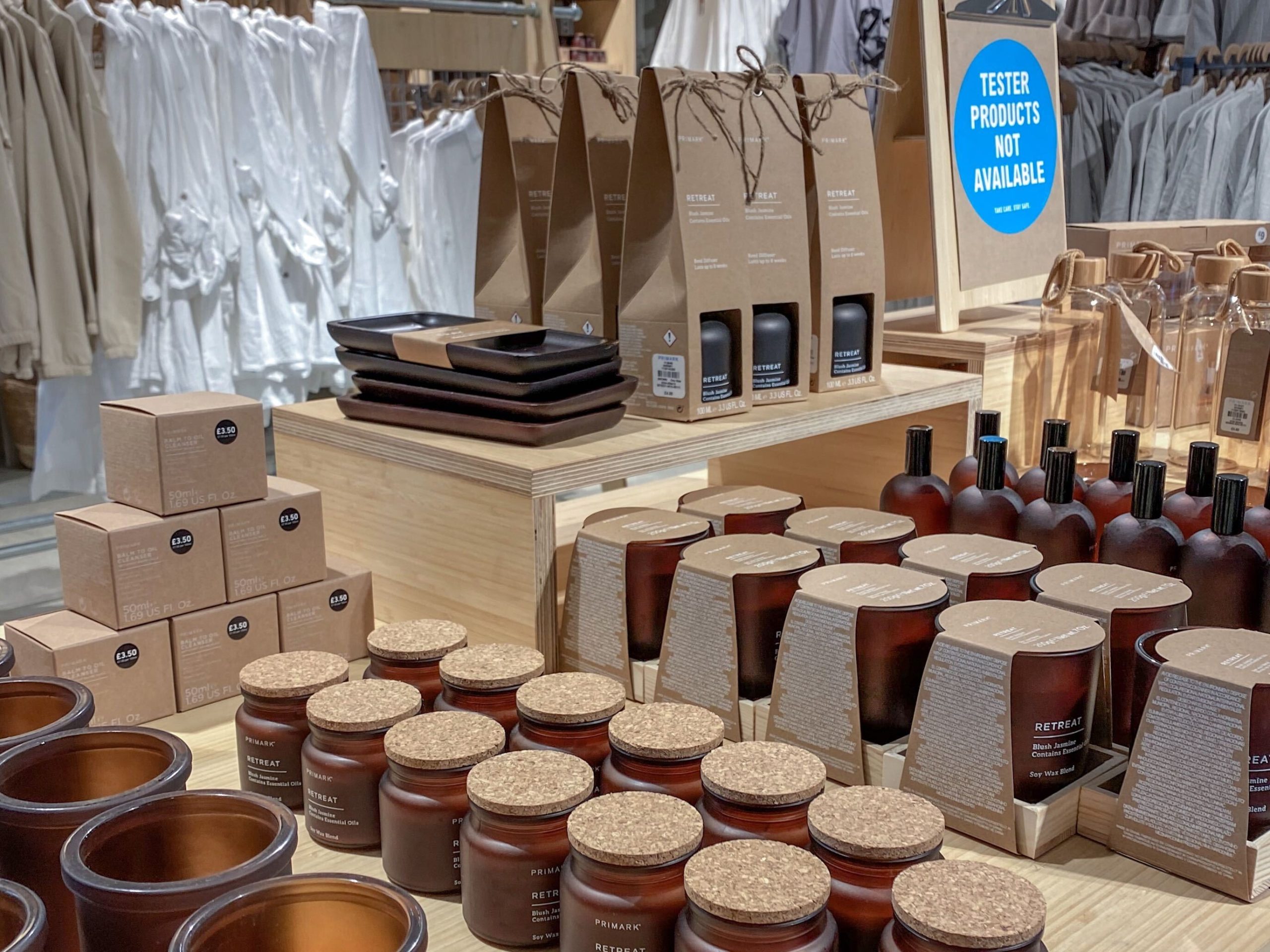We gravitate to people who share the same views as us. So it’s no surprise that social media has become a powerful tool, bringing like-minded people together. Naturally, brands too, are riding in on this by standing up for their beliefs with sustainability branding.
In recent years, sustainability has grown as a major purchasing decision for Millennials and Gen Zs. A Nielson report has found that Millennials are also willing to pay extra to support brands that impact the world positively.
As more brands hop onto the sustainability bandwagon, consumers are getting more wary and active in holding brands accountable for their words. While some brands have worked toward their beliefs, others have fallen short or, worse; backfired for doing the opposite. This raises the question: Whether a sustainability narrative is enough or should brands start first by implementing a framework?

What’s sustainability?
First, let’s talk about sustainability. According to the United Nations, there are 3 pillars of sustainable development, environmental, social and economic. Together, they help shape our society and way of life. As a whole, it extends to a list of 17 goals:
- No poverty
- Zero hunger
- Good health and well-being
- Quality education
- Gender equality
- Clean water and sanitation
- Affordable and clean energy
- Decent work and economic growth
- Industry, innovation and infrastructure
- Reduced inequalities
- Sustainable cities and communities
- Responsible consumption and production
- Climate change
- Life below water
- Life on land
- Peace justice and strong institutions
- Partnership for the goals
Each of the goals contains long-term objectives set by the United Nations to guide governments and participating organisations on the actions needed to achieve them. Most MNCs have also defined the type of goals they plan to contribute to. One such example is Unilever, a conglomerate that has recently celebrated its 10th anniversary of the Sustainable Living Plan. Known for its efforts in the various sustainability goals, Unilever is also transparent about its initiatives, sharing the metrics and data of their impact on the world.

A framework of Unilever’s efforts
Not only are organisations plotting frameworks and objectives to display their actions, some have also created sustainability departments to focus on finding operations and supply chain opportunities to make a difference. In the C-suite, roles such as Chief Sustainability Officers are becoming more common too–introducing a new type of leadership to steer an organisation’s sustainability initiatives into a holistic business conduct.
Besides organisations, countries have also placed greater emphasis on sustainability. Last year, Singapore announced its newly rebranded Ministry of Sustainability and Environment to help build climate-change defence and tackle environmental challenges such as carbon footprint.
More than words
If a brand’s message was centred on doing good for the people, environment and society, it’s only expected that those words are put into action. Yet, some brands have managed to craft sustainability-led messages, but operate in a way that suggests the complete opposite.
Last year, Paseo, a paper towel and tissue brand owned by paper company Asia Pulp and Paper (APP), was under fire for its contradictory sustainability claims. The brand launched a range of facial tissues with boxes that feature outlines of forest wildlife such as tigers and elephants for children to colour on. The goal was to spark children’s creativity through mindful colouring and also raise awareness of these endangered animals. And to top it all, Paseo also claimed that the paper was 100% sustainably sourced and used plantation-grown acacia virgin fibre.
Sounds like the perfect idea: Child-friendly, has a message about endangered species and biodiversity, and is backed by a solid sustainability claim. Only problem was APP has been facing allegations for years on deforestation, clearing and burning habitats of tigers, elephants and orangutans–the same animals found on Paseo’s colouring tissue boxes.
How to make sustainability branding work?
Luckily for most brands, cases like Paseo can be easily avoided. Start by looking at sustainability branding beyond a marketing promise but rather the effects your brand has on the world. Whether it’s using electric vehicles or fair and inclusive hiring practices, every brand’s approach can be different. What’s important is that the action fits your brand and is relevant to your audience.
1. Identify what your customers care about
Create a persona of your customers and understand their psychographics. Knowing their underlying motivations can help paint a clearer picture and lead you to more informed sustainability plans.
2. Evaluate your business practices
Sustainability branding is more than marketing. That’s why for it to work, you need to assess the process of your operations. From production to sales and HR to logistics, everything can have a sustainability angle. Some of which might include responsible production, reducing of carbon footprint, diversity and inclusivity, and the list goes on.
3. Implement a strategy
With a grasp of how your brand operates internally and externally, you can now set goals and measurable objectives. Doing so, gives your stakeholders a concrete plan and a way to shape what your brand stands for.
4. Take action and talk about the changes
It’s time to put your plans into place. While your brand is striving for a greater purpose, it’s good to communicate to your customers why these changes matter and encourage them to play a part too. This can come in the form of content or as a campaign.
So back to the question, “Should action or narrative come first?”, while both are important, we need to remember that “sustainability” isn’t a buzzword but actions that we, as brand guardians, can take to make this world a better place.






